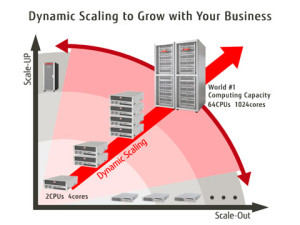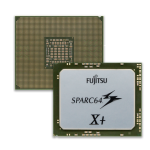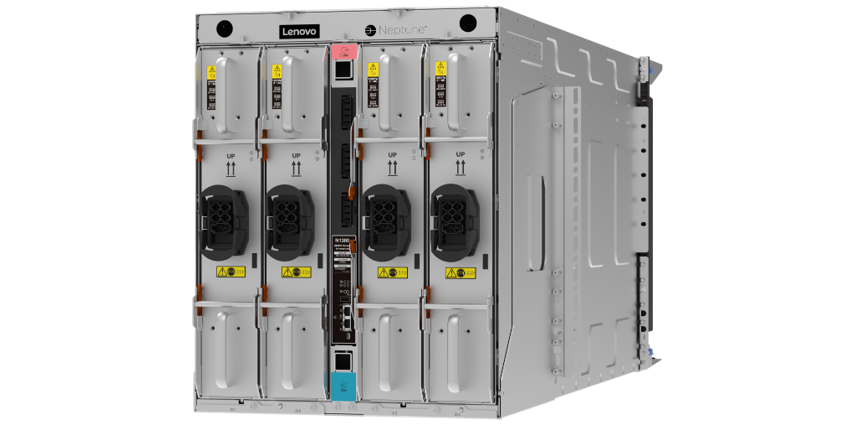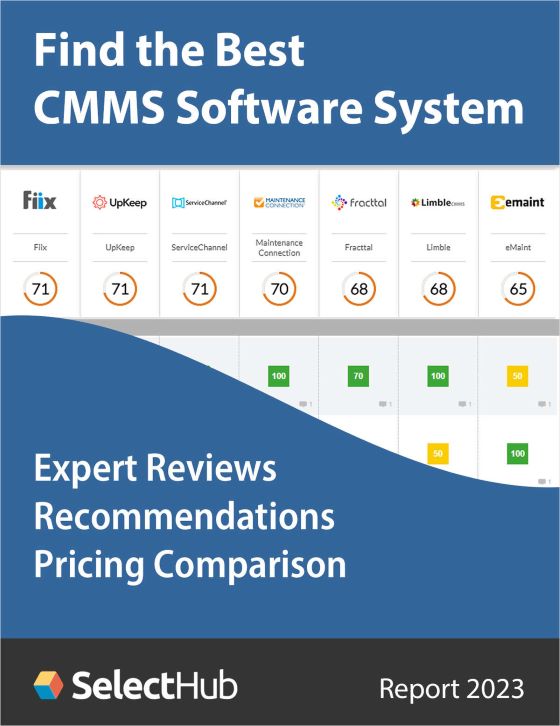In this special guest feature, Ferhat Hatay from Fujitsu writes that supercomputing technologies developed for data-intensive scientific computing can be a powerful tool for taking on the challenges of Big Data.
We all feel it, data use and growth is explosive. Individuals and businesses are consuming — and generating — more data every day.
The challenges are common for nearly all businesses operating in every industry: ingest all the data, analyze it as fast as possible, make good sense of it, and ultimately drive smart decisions to positively affect the business – all as fast as possible!
Fujitsu brings the processors of supercomputing in the Fujitsu M10 enterprise server family to help organizations meet these everyday challenges. What once was reserved for data-intensive scientific computing is now especially relevant to mission-critical business computing, and it’s all driven by big data.
![]() From high-throughput connectivity to data sources, to high-speed data movement to and from high-performance processing units, all the way to serving data and analytics results for mission-critical business intelligence (BI) applications, Fujitsu’s innovative technologies leveraged from decades in High-Performance Computing (HPC) enable enterprises to impact decisions, boost business productivity, and enhance the bottom line.
From high-throughput connectivity to data sources, to high-speed data movement to and from high-performance processing units, all the way to serving data and analytics results for mission-critical business intelligence (BI) applications, Fujitsu’s innovative technologies leveraged from decades in High-Performance Computing (HPC) enable enterprises to impact decisions, boost business productivity, and enhance the bottom line.
The Fujitsu M10 server line ranges from one to 64 SPARC64 X+ processors, each with 16 cores at speeds up to 3.7 GHz. Extending the existing SPARC V9 instruction set architecture, the SPARC64 X+ adopts HPC-ACE (High Performance Computing Arithmetic Computational Extension), which was developed for the Fujitsu supercomputers. “Software on Chip” technology on all M10 models enables faster computational results by taking functions previously handled by software and putting them right into the processor itself. Through this innovative approach, the decimal floating-point arithmetic processing required by financial applications and database computing is done directly on the hardware in the processor, eliminating the overhead of binary-to-decimal conversions and speeding up overall computational results. Further, Single Instruction Multiple Data (SIMD) technology, once reserved only for HPC, also allows processing of multiple data in a single instruction cycle, dramatically accelerating results. This vector processing capability allows certain workloads such as columnar databases and business analytics to process massive data faster.
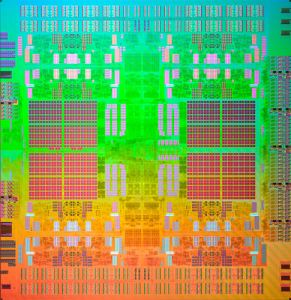 The Fujitsu M10’s interconnect technology matches the power of its processors. Fujitsu’s innovative high-performance interconnect provides high bandwidth and low latency for high-speed internal data access and transfers among all SPARC64 X+ processors in the Fujitsu M10 server. All processors access all memory and all I/O slots equally, so that a large workload is as easy to deploy and support as a smaller workload.
The Fujitsu M10’s interconnect technology matches the power of its processors. Fujitsu’s innovative high-performance interconnect provides high bandwidth and low latency for high-speed internal data access and transfers among all SPARC64 X+ processors in the Fujitsu M10 server. All processors access all memory and all I/O slots equally, so that a large workload is as easy to deploy and support as a smaller workload.
Fujitsu M10 also offers the latest PCI Express serial I/O technology to provide fast connectivity to data warehouses, operational systems and other data sources. The data can be fed to high performance BI systems through as many as 128 internal I/O slots on the Fujitsu M10 servers and up to 928 slots with the optional PCI Expansion Units.
With the extreme performance of SPARC64 X+ processors and unrivaled utilization efficiency through innovative high performance supercomputing technologies, the Fujitsu M10 servers allow customers to quickly leverage large data sets and access the critical information they need for real-time decisions in ever-changing environments. It helps companies get results with big data, faster.
Ferhat Hatay is the Product Marketing Lead for Fujitsu M10 Servers.
Sign up for our insideHPC Newsletter.


